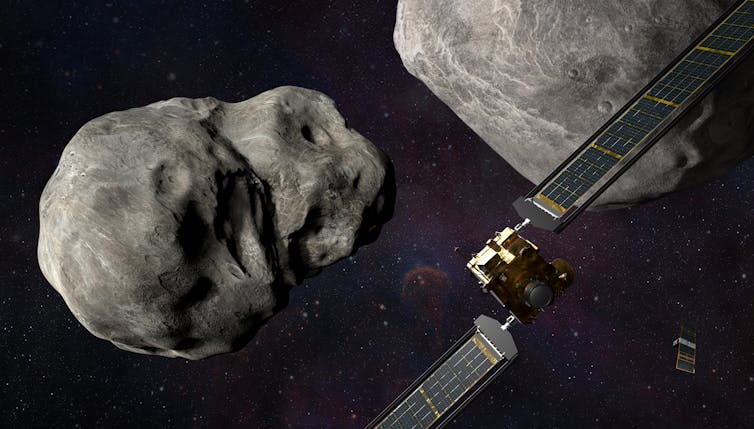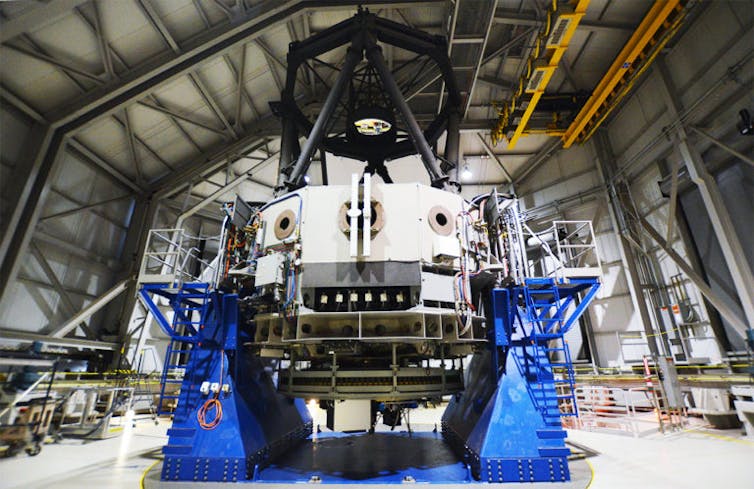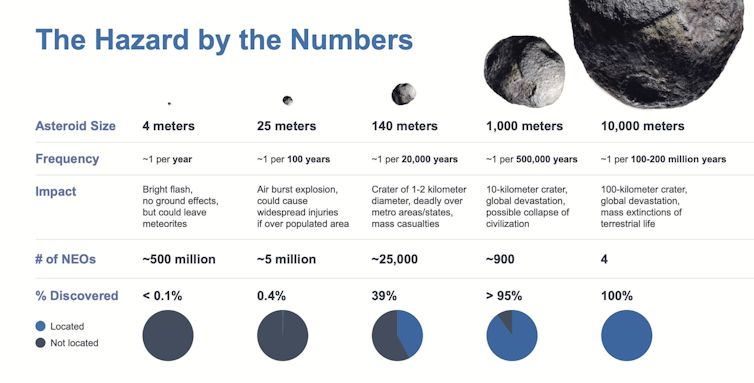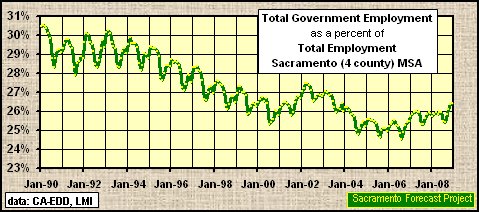
Illustration of DART prior to influence.
NASA/Johns Hopkins APL/Steve Gribben
On September 26 at 11.15pm UTC, NASA’s DART mission (Double Asteroid Redirection Check) will be the to start with to deliberately and measurably alter the movement of a considerable entire body in our Photo voltaic Technique. In other words and phrases, it will smash into an asteroid.
The mission will deliver the initially check of a strategy that could be used in the foreseeable future – to redirect any asteroids we detect on a collision training course with Earth.
A binary pair of house rocks
DART was released on November 24, 2021, its place a pair of asteroids in orbit about every other, 11 million kilometres from Earth.
The larger sized asteroid in the pair is identified as Didymos and is 780 metres in diameter. The scaled-down asteroid, just 160 metres extensive, is known as Dimorphos. The two orbit every single other at a length of 1.18 kilometres, and 1 orbit will take close to 12 hrs.

NASA/Johns Hopkins APL
These asteroids pose no chance to Earth and have been preferred as the goal for DART partly owing to that reality. But also, importantly, simply because the asteroids variety a binary pair, it will be possible for astronomers on Earth to evaluate the final results of the effect.
As the asteroids orbit every other, the sunlight mirrored off them raises and decreases, different systematically around the 12-hour cycle of the orbit. Astronomers making use of powerful telescopes from Earth can keep track of this variation and see how it changes, from just before to just after the collision.
![]()
The physics is simple, the mission is not
The physics seems very simple, and it is. Hit a single thing with one more matter to alter its motion. But the mission execution is really sophisticated. When DART reaches the asteroids, it will be 11 million kilometres from Earth soon after a 10 thirty day period journey. The spacecraft has to use autonomous concentrating on, utilizing illustrations or photos of the asteroids it acquires as it approaches.
DART desires to recognise the asteroids by itself, instantly lock on to Dimorphos, and regulate its trajectory to hit it. This is all whilst transferring at a velocity of approximately 24,000 kilometres per hour!
The success of the impact, while fairly easy to evaluate, are challenging to predict. The size, form, and composition of Dimorphos, and specifically wherever DART hits and how hard, will influence the outcome.
All these elements are uncertain to some diploma. Detailed personal computer simulations of the affect have been undertaken, and the comparisons of the simulations, predictions, and measured benefits will be the primary outcomes of the DART mission.
As perfectly as the measurements from telescopes on Earth, an up-close see of the affect by itself will be probable, from an Italian Space Agency CubeSat (a modest variety of satellite) known as LICIACube that was deployed from a spring-loaded box aboard the craft on 11 September. LICIACube will follow alongside and photograph the collision and its aftermath.

Lowell Observatory
The success will convey to us a ton about the character of asteroids and our capability to change their motions. In the long run, this information could be utilised to strategy planetary defence missions that seek out to redirect asteroids deemed to be a threat to the Earth.
What is the level of danger?
An asteroid as small as 25 metres in diameter could make injuries from an airburst explosion if it hit the ambiance in excess of a populated region. It is believed that 5 million this sort of objects exist in our Photo voltaic System and that we have found somewhere around .4% of them. These kinds of a hit is believed to happen as soon as just about every 100 years. Though pretty recurrent, the general threat is minimal and the influence possibility is relatively low also.
Nonetheless, it is predicted there are 25,000 objects in the Photo voltaic Technique the measurement of Dimorphos, 39% of which are identified, that hit Earth each individual 20,000 decades. These types of an object would result in mass casualties if it strike a populated area.

NASA
Asteroids that could problem the existence of human civilisation are in the 1 km additionally measurement group, of which there are much less than a thousand in the Photo voltaic Program they could hit Earth only each individual 500,000 a long time. We have previously discovered 95% of these objects.
So, likely asteroid collisions with Earth array from the recurrent but benign to the very rare but catastrophic. The DART exams are becoming undertaken in a very appropriate and attention-grabbing measurement assortment for asteroids: people better than 100 metres.
If DART is profitable, it may well set the scene for upcoming missions that goal asteroids, to nudge them out of the way of collisions with Earth. When an asteroid is a very long way from Earth, only a little nudge is essential to get it out of our way, so the before we can establish asteroids that are a potential threat, the superior.
In the close to future, the very well-worn premise of so several “an asteroid is coming, we will need to deflect it!” movies may well well turn into a reality.
Steven Tingay, John Curtin Distinguished Professor (Radio Astronomy), Curtin University
This short article is republished from The Dialogue below a Inventive Commons license. Go through the primary article.






More Stories
Authorities Jobs 2020 Latest Govt Jobs 78304 Vacancies
Authorities Jobs 2020 Latest Govt Jobs Vacancies (Railway, Financial institution, Police) Notification On 24.10.2020
The Legal Help Society